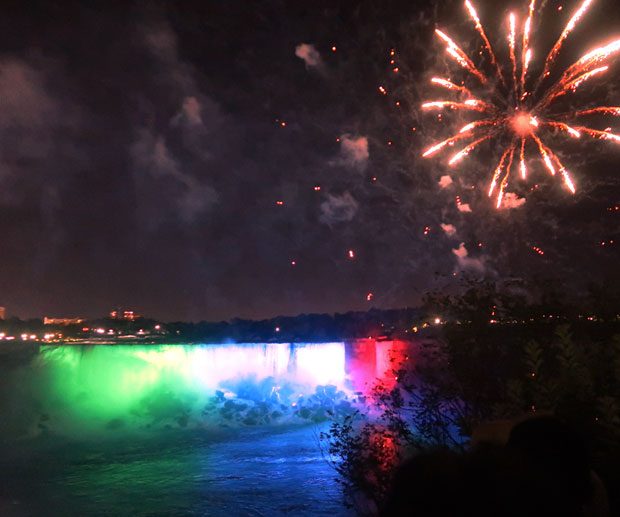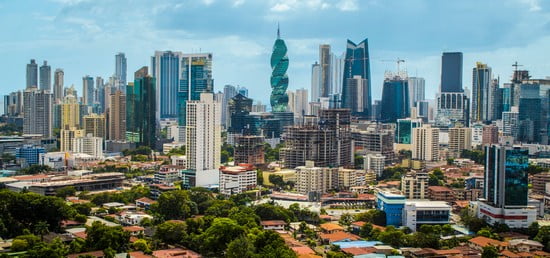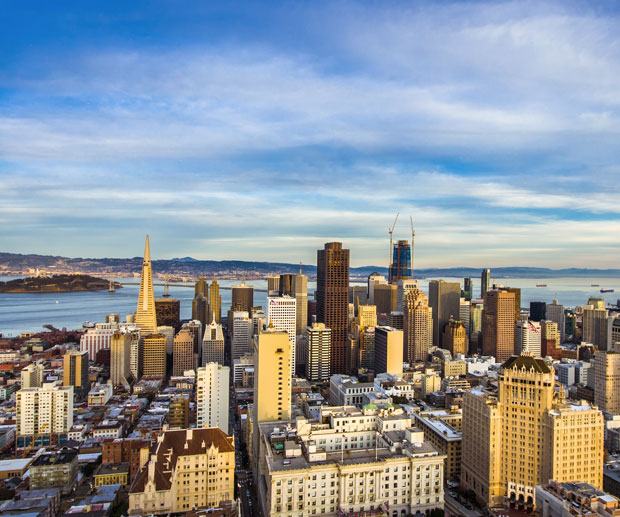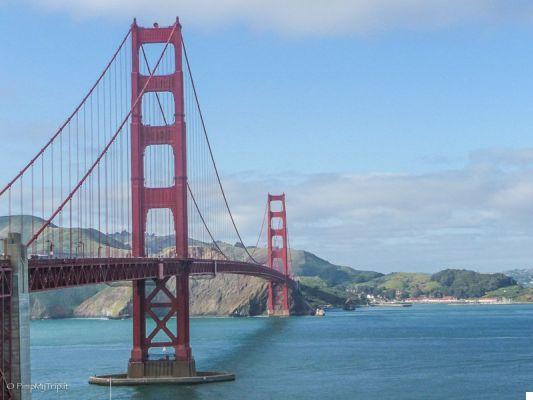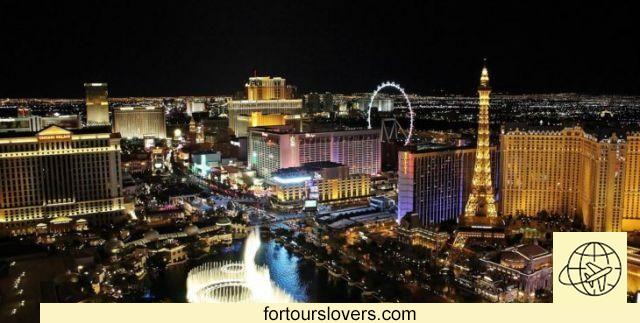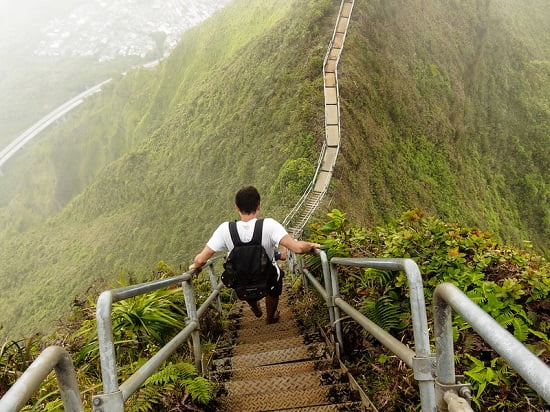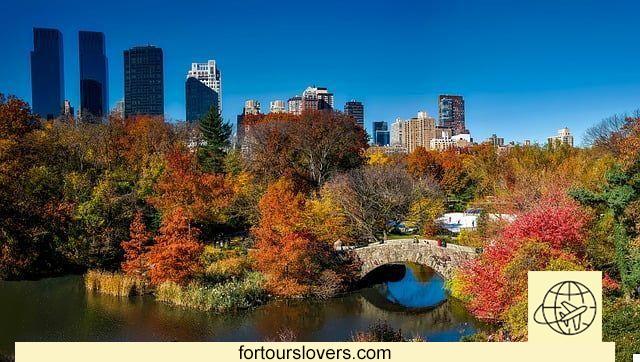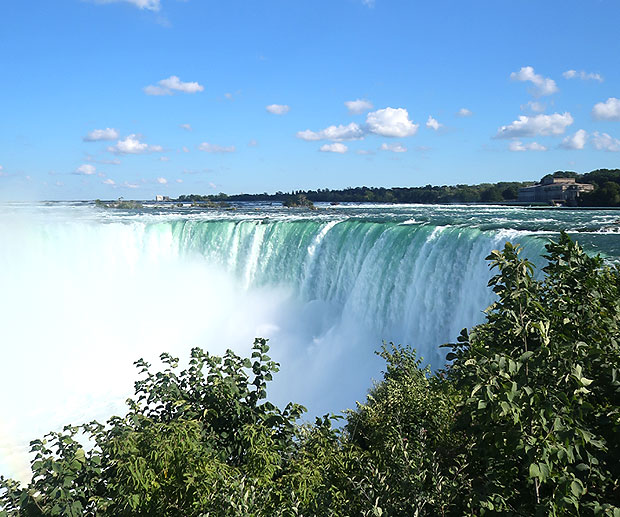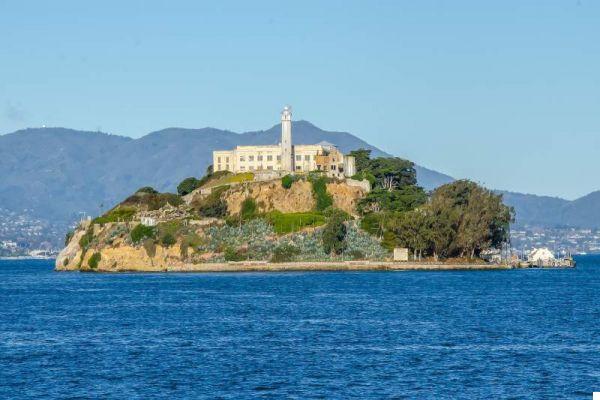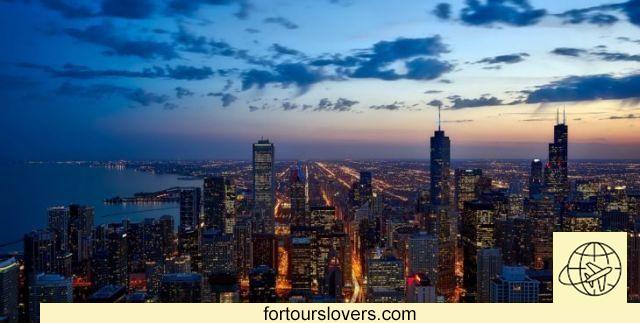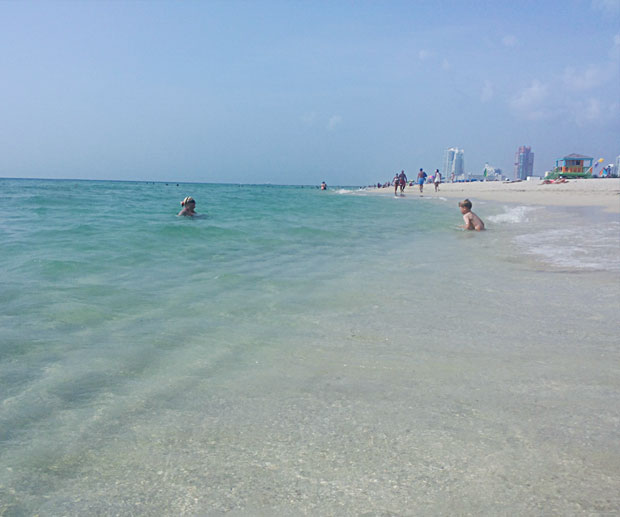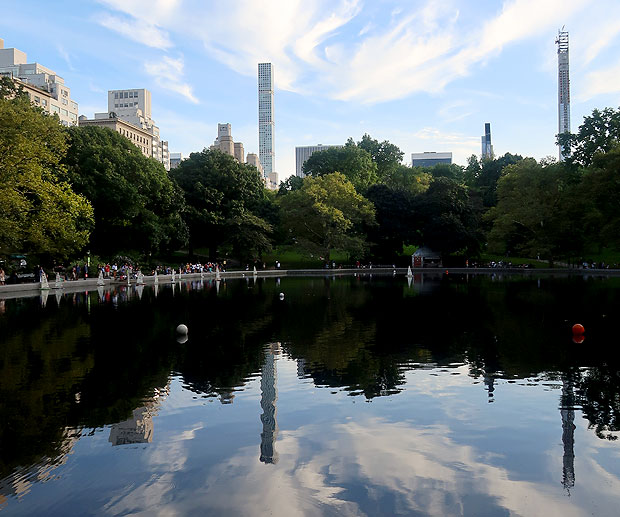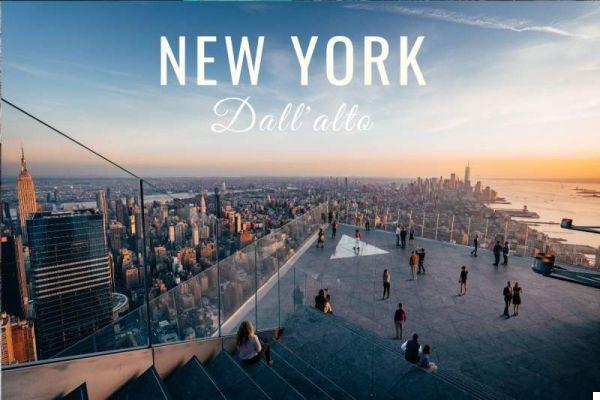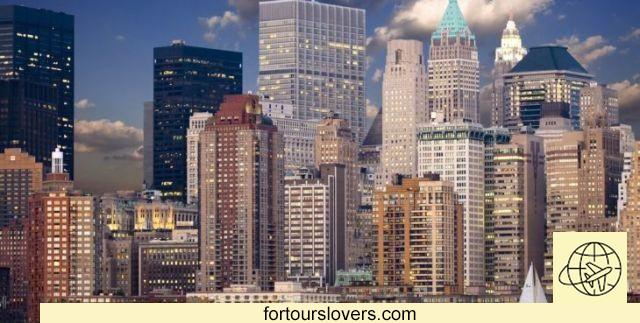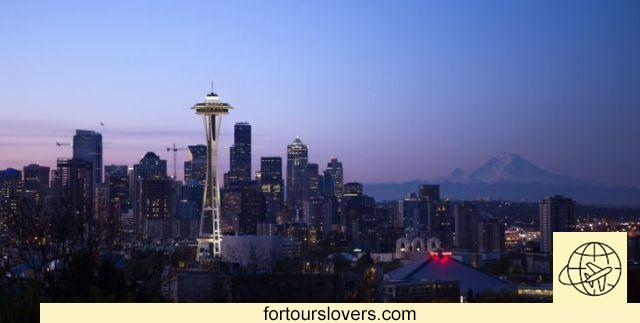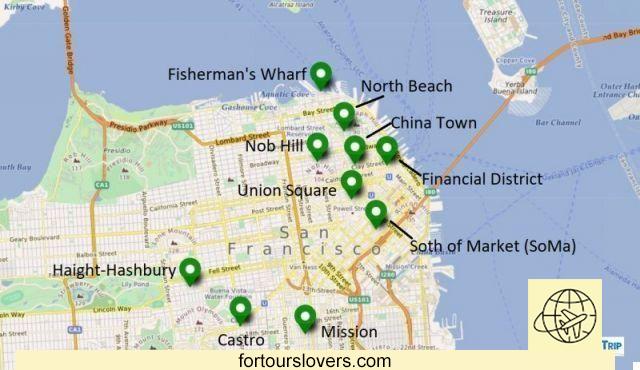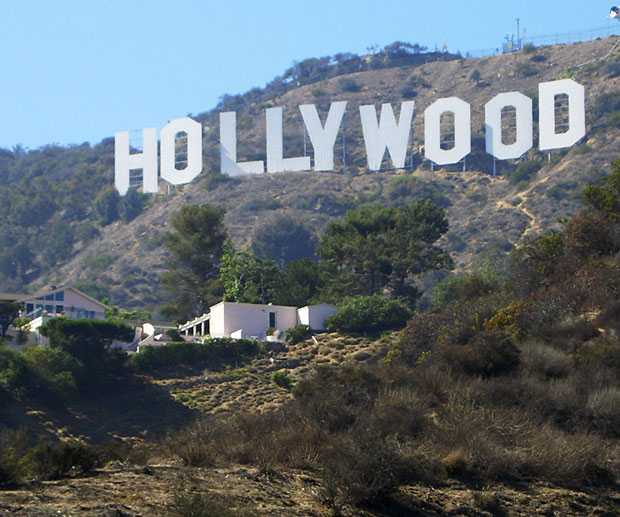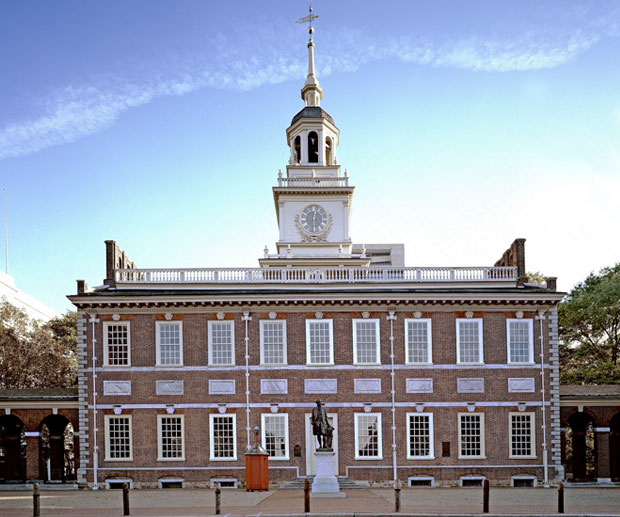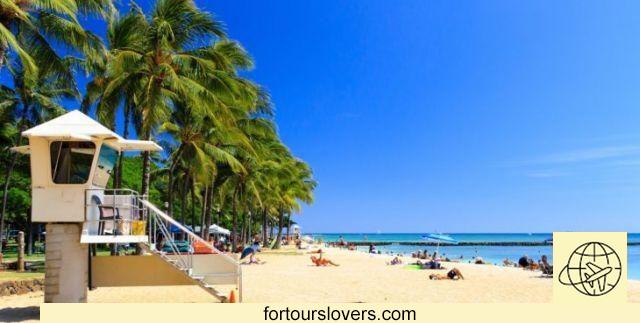
Hawaii
11 things to do and see in Hawaii and 2 not to doWhat aspect of Hawaii do you want to know? What are the experiences you want to live? Plan a trip to Hawaii it means first of all deciding the "cut" of the holiday. Yes, because despite being the "Quintessence of tropical paradise" Hawaii is also mountain, INFO, cowboy, history, etc. A paradise, therefore, in which diversity is the master both in the naturalistic and cultural fields. Regarding this last aspect, there is no better testimonial than Hawaiian multiculturalism of former US President Barack Obama (white mother, Kenyan father) who was born in Honolulu, the capital of the archipelago, and lived through the decisive years of adolescence. And since theHonolulu International Airport almost all national and international flights will land, it is from the capital, onisland of Oahu, which will start our travel story. Happy reading.
1 Pearl Harbor
The choice to start from Honolulu, although taken for granted on the one hand, it does not find unanimity among travel guides on Hawaii. The capital of the archipelago, in fact, suffers the typical defects of (almost) all large cities: crowded (about half a million inhabitants) and too commercial, especially for those who want to explore the wild side of the archipelago. There is a "but", and it is a gigantic but that has profoundly marked the history of the twentieth century. We are talking about Pearl Harbor, the US military port attacked byJapanese aviation on 7 December 1941. It was that attack, in fact, that catapulted the United States into second World War until the tragic epilogue of Hiroshima and Nagasaki. Pearl Harbor, still an important naval headquarters, became a postwar "Place of memory" until it transforms itself with over one and a half million tourists year, at the most visited site in Hawaii. For book online the guided tour consult the place www.pearlharborhistoricsites.org.
2 Waikiki
But woe to make theisland of Oahu with Honolulu. We would forget Waikiki, Hawaii's most popular beach resort. The most beautiful words ever spoken about this coast are probably those of the Scottish naturalist Archibold Menzies who at the end of the 700th century circumnavigated the archipelago together with the British explorer George Vancouver. “One of those landscapes so interesting - wrote Menzies in his travel notebook - that the eyes of a meditative mind would never tire of contemplating“. It must be said that the landscape of Waikiki today is very different from then, especially since the locality, historical buen retiro area of Hawaiian royal family, was the first to be affected by tourism development. Already in the early 900s, alongside the cottages on the waterfront built by the bourgeoisie of Honolulu, the first hotels appeared (for the hotel list click here) and, apart from the painful interlude of the Second World War, up to the ' 50 of the last century was a crescendo of accommodation facilities, bars, restaurants, clubs and all the related activities normally associated with a tourist economy. Today this is still the "figure" of Waikiki: a succession of beaches, one after the other (Waikiki Beach, Kahanamoku Beach, Fort DeRussy Beach, Gray's Beach etc.), where the days slip away between surf, swimming, snorkeling e appetizers by the sea. If you also are on vacation with children in tow mark theWaikiki aquarium (www.waquarium.org). You will not regret it!
3 North Shore
Leave Waikiki, rent a car and drive up the Oahu coast to the North Shore surf mecca. Ten kilometers of coastline which, especially in winter, are besieged by surfers from all over the world. On the beaches of Waimea, Sunset e Pipeline the most important races of the world surfing circuit, and this provides a clue that the waves in these parts are the business of those who have chosen surfing as a lifestyle and profession. Don't worry though. In case you want to try your hand at the discipline there is no shortage of schools and "suitable" waves. The best month to surf at certain levels is December. Witnessing the evolutions of professionals struggling with real walls of water is a spectacle that is worth capturing. So don't forget your camera. The other months of the year the waters of these beautiful beaches, which have not succumbed to the sirens of mass tourism, become perfect for snorkeling.
4 Kauai
Kauai, from a geological point of view the oldest of the eight islands of the archipelago, is a must for those who want to know the “wild” side of Hawaii. Obviously, here too, the things to see vary according to the days of stay. Among the many, however, the absolutely unmissable ones are the gardens of the National Tropical Botanical Garden (NTBG) and the cliffs of the Na Pali Coast. The first, in fact, are three wonderful botanical gardens (McBryde Garden, Allerton Garden and Limahuli Garden) under the protection of this federal body established around the mid-60s of the last century with the aim of protecting the Hawaiian flora and fauna. The last of the three, the Limahuli Garden, is enclosed within the high walls of the Na Pali Coast, 22 miles (35km) of jagged cliffs that offer wonderful views of the overflowing Hawaiian vegetation. A paradise for trekking lovers that reach the locality to compete with the Kalalau Trail, this is the name of the path that winds along the cliffs. But be aware that the entire route is only suitable for expert hikers. All the others can measure themselves with single fractions depending on the degree of preparation. Furthermore, since it is a state reserve (over 90% of the island is under protection), from a certain point onwards, to continue along the itinerary, it is necessary to obtain a specific permit. For more info on the botanical gardens and the Kalalau Trail see i sites: www.ntbg.org and www.kauaiexplorer.com (the latter hosts a large “Trails” section with all possible excursions on the island of Kauai).
5 Hana Highway
After Ohau and Kauai it is the turn of Maui. Above all it is the turn of“Hana Hwy” the most famous coastal route in all of Hawaii. Eighty-five kilometers, six hundred of twists and turns, and more than 50 one-lane bridges to cross by car (jeep or mustang) among views, waterfalls, lush vegetation and small villages scattered here and there. Waiting for what appears next is the most widespread sensation, and it is nothing, because allowing oneself a few stops along the way, amazement inevitably becomes wonder. For example, it is worth stopping by Waikamoi waterfall, from where a panoramic path starts (Waikamoi Nature Trail) complete with tables for picnics. Or, definitely worth a stop on Garden of Eden Arboretum (www.mauigardenofeden.com). Never as in this case the name is a whole program and, what is more important, it faithfully reflects the naturalistic scenario in front of us. Those listed are just two of the countless wonders found along the way. Listing them all here makes little sense. In fact, the best thing is to let yourself be guided by curiosity as long as you have the right clothing: above all, trekking shoes and Costumes for a dip in one of the many waterfalls. Not to be missed!
6 Haleakala National Park
"It is as if I were the last man, forgotten by the Last Judgment, and suspended in the middle of the sky". With these words Mark Twain he described his wonder at the landscape of Haleakala National Park. A'mystical atmosphere which still pervades the area despite the fact that tourism brings here hundreds, sometimes thousands, of visitors a day. To do what? Trekking first of all (with different itineraries on the edge of the caldera, or inside it, depending on the preparation). But also mountain bike e zipping, an activity that allows you to whiz in mid-air over the park's landscapes harnessed on steel cables that act as a slide. But that's not all because Haleakala National Park is famous for its sunrises. Watch the sun rise from Puu Ulaula Overlook, not far from the park's visitor center, is one of the most beautiful experiences you can have on theisland of Maui. For more information consult the Official site of Haleakala National Park.
7 Molokini Crater
After Hana Hwy e Haleakala National Park it's the turn of Ma'alea Bay, southeastern coast of Maui. From there, early in the morning, embark for Molokini, a small island only five miles away. Molokini is actually largely submerged and the reason why it is worth visiting, therefore, is more "below" than "above" the sea level. In short, between turtles, sharks, manta rays, corals and an infinity of tropical fish, Molokini is a paradise for fans snorkeling e diving. To learn more about the crater, its history and the activities that can be done, visit the place: molokinimaui.com. Not to be missed!
8 Crater Rim Drive
This trail around the summit of Kilauea, on the island of Big Island, you can do it both by car and on foot. By car it takes about an hour and it makes sense if the time available is short, while on foot the whole day goes away but it is absolutely worth it. Several stops to make along the way: come on Sulfur Banks, area of rocky incrustations due to the sulphurous activity of the volcano, ai Viewpoint Halemaumau (spectacular!) e Kilauea Iki. Wanting the Crater Rim Drive which, we recall, is part of the larger Hawai'i Volcanoes National Park (www.nps.gov/havo) it can also be traveled by bicycle, taking into account the fact that the itinerary often varies precisely due to the eruptive activity of Kilauea. Of course, the volcano is also part of the park Mauna loa, which alone takes up nearly half of the Big Island's surface. Of the two, however, Kilauea is the most visited, with hikers from all over the globe.
9 Mauna Kea
Of course, among the things to do and see on the Big Island, you cannot miss the excursion on Mauna Kea (“white mountain”). 4205 meters above sea level which become almost 10.000 by adding the upstream part below the surface. The Mauna Kea is the most important astronomical observation point in the worldIn fact, an obligatory stop is theImaloa Astronomy Center of Hawai'i (www.imiloahawaii.org) a million dollar museum jewel where nature, spirituality and science converge. And yes, because in addition to explaining the functioning of the most modern telescopes, the travels and above all the maps of the ancient Polynesians are illustrated in the museum. Maps which, as is well known, were drawn on the basis of widespread religious beliefs. Also worth seeing is the Mauna Kea Visitor Information Station (www.ifa.hawaii.edu/info/vis). The station allows to deepen the astronomical aspect which we referred to at the beginning. Not surprisingly, one of the centre's activities is planned spectacular and free evening astronomical observation program. Most of all, however, it is worth reaching the top of the volcano to witness the magic of the sunset (or sunrise) of the Big Island.
10 What to eat
Eat local. This is the new "mantra" of online and printed tourist guides. In the case of Hawaii, however, eating locally does not mean tasting sophisticated dishes. Informality is also a characteristic of food, and it could not be otherwise considering the multicultural background of this archipelago in the middle of the Pacific. Over time, each culture has added something to the local diet: the Polynesian taro, sweet potatoes and coconuts; European cattle and sheep; the Christian missionaries pineapple and guava. Then, in the twentieth century, the Chinese, Japanese, Puerto Ricans, Portuguese, etc. arrived. A melting pot which we referred to at the beginning, recalling the Hawaiian birthplace of Barack Obama, the first African-American president in the history of the United States of America. Returning to food, we point out one of the food festival most extravagant in the world which takes place every year, in April, in the Honolulu County. We are talking about Waikiki Spam Jam Festival, gastronomic review entirely dedicated to "Spam", legendary can with pork (produced by Hornel), whose consumption in Hawaii is more than double the average in the United States. There is a precise historical reason, however: during the Second World War, in fact, commercial exchanges became more difficult and this box, which represented the standard ration of the soldiers stationed in the Pacific, soon became part of local eating habits ( pork was already present in the Hawaiian diet). Several dishes have been invented over time around these pressed slices of meat. To taste them all, all that remains is to participate in this bizarre festival. More on: spamjamhawaii.com or on the facebook page WaikikiSpamJam.
11 What to pack
The climate of Hawaii is changeable. A fact that can also be easily obtained from the suggestions we have given you so far. It is obvious, in fact, that the view of a sunrise or a sunset from the summit of Mauna Kea cannot be done in a t-shirt and Bermuda shorts. Likewise, it makes little sense to wander around the Waikiki clubs in a tuxedo or a demanding evening dress, unless the circumstance specifically requires it. Below is a (partial) list of things to pack:
- comfortable and closed shoes;
- trekking clothing (shoes; jacket; hat etc.);
- casual clothing (jeans, bermuda shorts, t-shirts; light sweaters etc.);
- Sun glasses;
- insect repellents.
1 Don't come for a week
Like other guides and tips available on Hawaii, we too have focused only on "Big four" (Oahu, Maui, Kauai, Big Island) and what's more, we've only talked about some of the infinite possibilities that each of these wonderful islands offers. Even so, however, it is quite clear that the minimum stay around here must be at least 14 days. It must be borne in mind, in fact, that a couple of days leave only to move from one island to another, which reduces the actual stay to 10/11 days. Therefore, two weeks is the minimum time for Hawaii, otherwise it is better to desist.
2 Watch out for valuables
Hawaii is relatively quiet islands, where there are no major crime events. THE theft however they happen and therefore they must be careful not to bring objects of great value with you, at least in some circumstances. Like on the beach, for example, where it is always better to ask the towel neighbor to take a look at your personal belongings if you go away to take a bath. Similar speech for theauto. If you are renting one, you must then remember to never leave it open and, above all, it is necessary be careful where you park, especially in the evening. That said, it comes down to normal precautions which can be trivially solved by asking for advice at the reception (in the case of a hotel) or the landlord.




